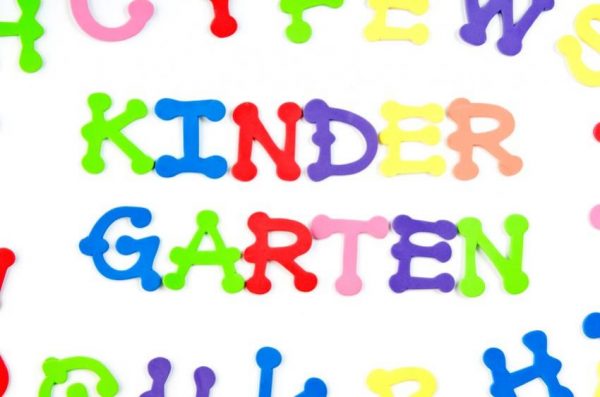Beginning kindergarten is a big transition for children. In the case of autistic students, parents and educators must also decide on the best placement for their child.
Factors such as academic functioning, social functioning and communication skills should be considered when looking for the optimal location. Forms of placement can comprise full-time mainstream classes, part-time mainstream classes and self-contained classes in public or private schools.
Full-Time General Education
Children in mainstream classrooms can observe appropriate social behaviors.
One option for autistic students is attending mainstream classrooms full-time. This means that they will be enrolled in a kindergarten classroom with typically developing peers. Supports are often put in place to make sure the placement is successful. The student would most likely have an aide available to assist them or co-teach the classroom. Assistants would make sure special accommodations are made and help autistic students with behavior plans and individualized instruction. Students may also be pulled out for part of the day for specialized services. For high functioning children who are able to communicate with peers and teachers, this placement is ideal. A benefit of this placement is that the autistic students will have models for appropriate behavior and opportunities to socialize with peers.
Part-Time General Education
Attending P.E. allows students to join mainstream kindergarten classes.
Some autistic students may benefit from a self-contained special education classroom for a majority of the day. This setting can produce more individualized instruction. Typically, this is the class where students will do most of their academic learning. The children will also be mixed into a mainstream kindergarten classroom for parts of the day. They may go to lunch, recess, morning circle and special area classes like P.E. and art (potentially accompanied by an aide). During integrated periods, students can work on social goals.
Self-Contained Special Education
Self-contained classes provide more individualized instruction.
Autistic students with limited communication skills and a major need for accommodations may do best in a self-contained special education class. These classes are smaller. It is led by trained special education teachers that help students with more individualized instruction. The teachers and aides can provide a tailored learning environment to help autistic children reach their goals. Other students in the class will also have special needs but will not necessarily be autistic.
Private School
Private school may be the appropriate placement.
Another placement option for autistic kindergartners is a private school that caters to the specials needs of autistic students. These private schools provide many of the same benefits of a self-contained class in public schools. However, because they focus specifically on autism, they may meet children’s needs closely. The teachers and aides in these schools are trained and experienced in working with autistic students. An added benefit for parents is feeling a sense of belonging to a community of other parents and children living with autism.

